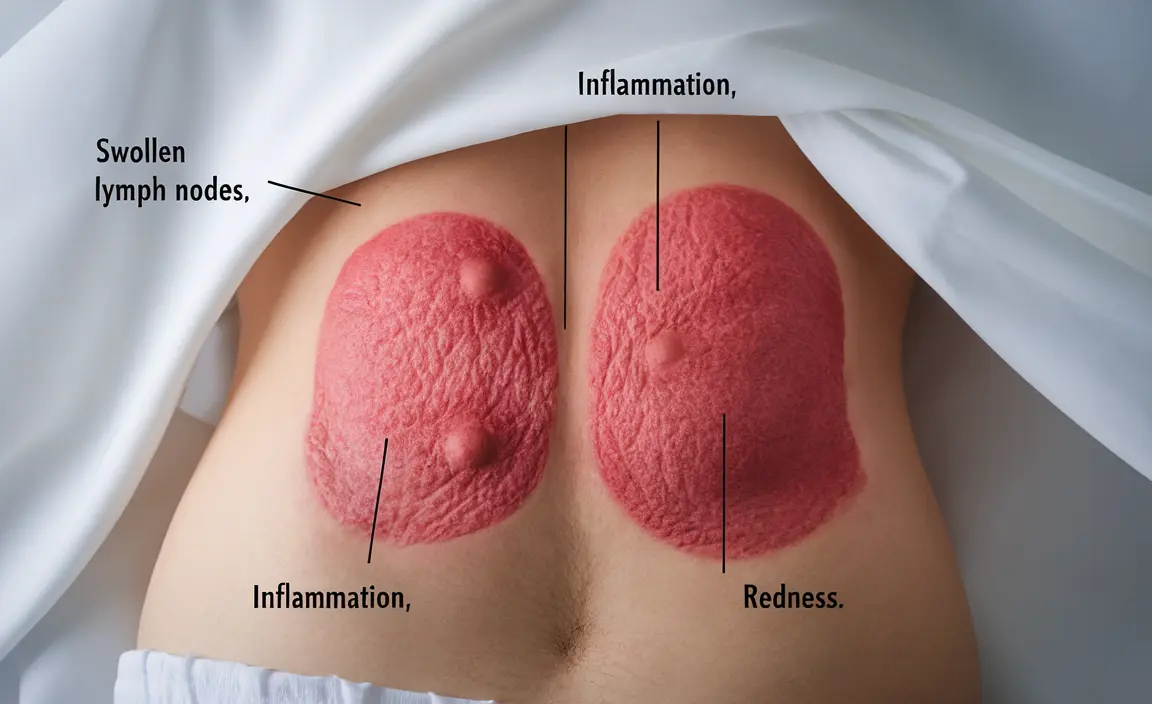For many men, discovering swollen lymph nodes in the groin area can be concerning. These small, bean-shaped structures are vital components of your immune system, and their enlargement often signals that your body is fighting an infection or dealing with other medical conditions. Understanding the causes, symptoms, and appropriate times to seek medical attention can help you make informed decisions about your health.
This comprehensive guide will explore the various aspects of swollen lymph nodes in the groin area specific to men, including common causes, warning signs, and treatment options. We'll help you understand when these symptoms might require medical attention and what to expect during diagnosis and treatment.
Common Causes of Groin Lymph Node Swelling in Men
Swollen lymph nodes in the groin can result from several different conditions:
Infections
The most common reason for swollen lymph nodes in the groin area includes:
- Skin infections of the legs or genital area
- Sexually transmitted infections
- Urinary tract infections
- Cellulitis
- Local fungal infections
Immune System Responses
Your lymph nodes may swell as part of your body's normal immune response to:
- Recent vaccinations
- Viral infections
- Bacterial infections
- Inflammatory conditions
More Serious Conditions
While less common, swollen lymph nodes can sometimes indicate:
- Lymphoma
- Other cancers
- Autoimmune disorders
- Medication reactions
Identifying Warning Signs
Understanding the characteristics of swollen lymph nodes can help determine their severity:
Normal vs. Concerning Symptoms
- Size: Normal swollen nodes are usually under 1 inch
- Texture: Slightly tender but mobile
- Duration: Typically resolve within 2-4 weeks
- Pain level: Mild tenderness is normal
Red Flag Symptoms
Watch for these concerning signs:
- Nodes larger than 1 inch
- Hard or fixed nodes
- Persistent swelling beyond 4 weeks
- Unexplained weight loss
- Night sweats
- Fever
Diagnostic Process
When evaluating swollen lymph nodes in the groin, healthcare providers typically follow a systematic approach:
Physical Examination
The doctor will carefully examine the affected area, noting:
- Size and consistency of nodes
- Presence of tenderness
- Mobility of nodes
- Signs of infection in surrounding areas
Additional Testing
Based on findings, your doctor may recommend:
- Blood tests
- Imaging studies (ultrasound, CT scan)
- Biopsy if necessary
- STI screening when appropriate
Treatment Approaches
Treatment varies depending on the underlying cause:
Conservative Management
For mild cases related to minor infections:
- Monitoring and waiting
- Warm compresses
- Over-the-counter pain relievers
- Rest and hydration
Medical Interventions
More serious cases may require:
- Antibiotics for bacterial infections
- Antiviral medications
- Treatment of underlying conditions
- Referral to specialists if needed
Frequently Asked Questions
What are the common causes of swollen lymph nodes in the groin in males? Common causes include infections (skin, STIs, UTIs), immune responses to illness or vaccination, and rarely, more serious conditions like lymphoma or other cancers.
How can I tell if swollen lymph nodes in my groin are due to an infection or something more serious like cancer? Infection-related swelling usually occurs suddenly, is tender, and resolves within weeks. Cancer-related nodes are typically harder, painless, and persist or grow over time. Additional symptoms like weight loss or night sweats may indicate more serious conditions.
When should a male with swollen lymph nodes in the groin see a doctor for evaluation? Seek medical attention if nodes are larger than 1 inch, hard or fixed in place, persist beyond 4 weeks, or are accompanied by fever, weight loss, or night sweats.
What tests are usually done to diagnose the cause of swollen lymph nodes in the groin? Diagnostic tests may include physical examination, blood work, imaging studies like ultrasound or CT scan, and in some cases, a biopsy of the affected node.
How are swollen lymph nodes in the groin treated depending on the underlying cause? Treatment varies based on the cause, ranging from monitoring and supportive care for viral infections to antibiotics for bacterial infections, or specific treatments for underlying conditions like cancer or autoimmune disorders.




